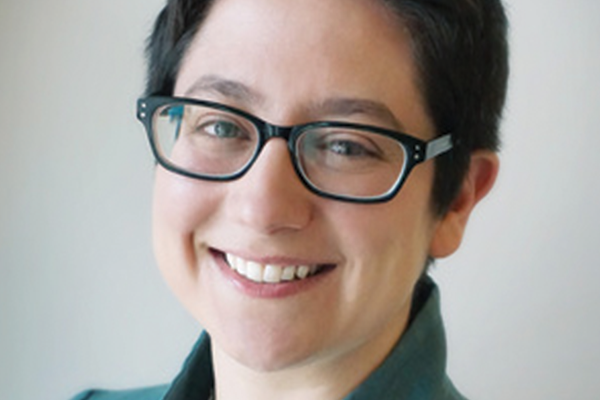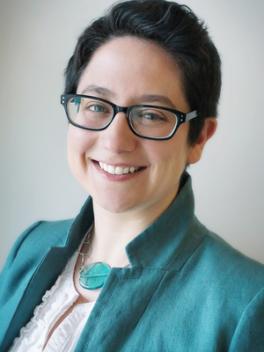Kinesthetic Peoplehood: Choreographing Jewish Diaspora

By Associate Professor Hannah Kosstrin, Department of Dance, and affiliate faculty for the Melton Center for Jewish Studies, Center for Slavic and East European Studies and the Migration, Mobility and Immobility Project of the Global Arts + Humanities Discovery Theme

I was honored to be awarded a 2019 Migration, Mobility and Immobility Faculty Research Grant to support my current book project called Kinesthetic Peoplehood: Choreographing Jewish Diaspora. The book examines multiple ways Jewishness manifests in theatrical dance in the United States between the mid-twentieth and early twenty-first centuries. It covers companies based outside the U.S. touring through it, artists born outside the U.S. working in it, and choreographers with connections in and outside the U.S. due to their own bi-national or multi-national investments. The book addresses how Jewish choreographers’ work from a multiplicity of backgrounds engenders what I am calling "kinesthetic peoplehood," a transnational phenomenon wherein people feel connected to a diasporic community through bodily practices like dance.
During the summer of 2019, the MMI grant supported the transcription of ten hours of interviews I conducted between the summer of 2017 and the summer of 2019. I conducted interviews with Jewish choreographers from the United States and Israel, dance presenters who present Israeli dance companies in American cities, and American choreographers who collaborate with Israeli choreographers. The transcriptions enable me to clearly see the details from these interviews.
I learned many things by reviewing the transcriptions. I have a deeper sense of the choreographer-interviewees’ histories and how Jewishness and secularism divergently affect their work. Moreover, I have a deeper understanding for how Israeli choreographers and choreographies circulate through the United States in the contemporary climate. This occurs through presenters presenting Israeli companies in urban centers, as well as through American companies and independent choreographers collaborating with Israeli choreographers by engaging in models of cultural exchange. As a result of this part of my project, I am newly interested in how Israeli choreographers have circulated through the United States over the past twenty years, and what that circulation says about the transnational connections between the contemporary dance scenes in both countries.
